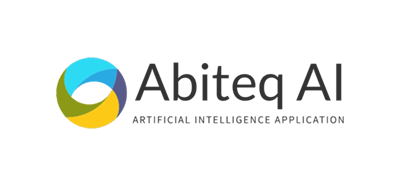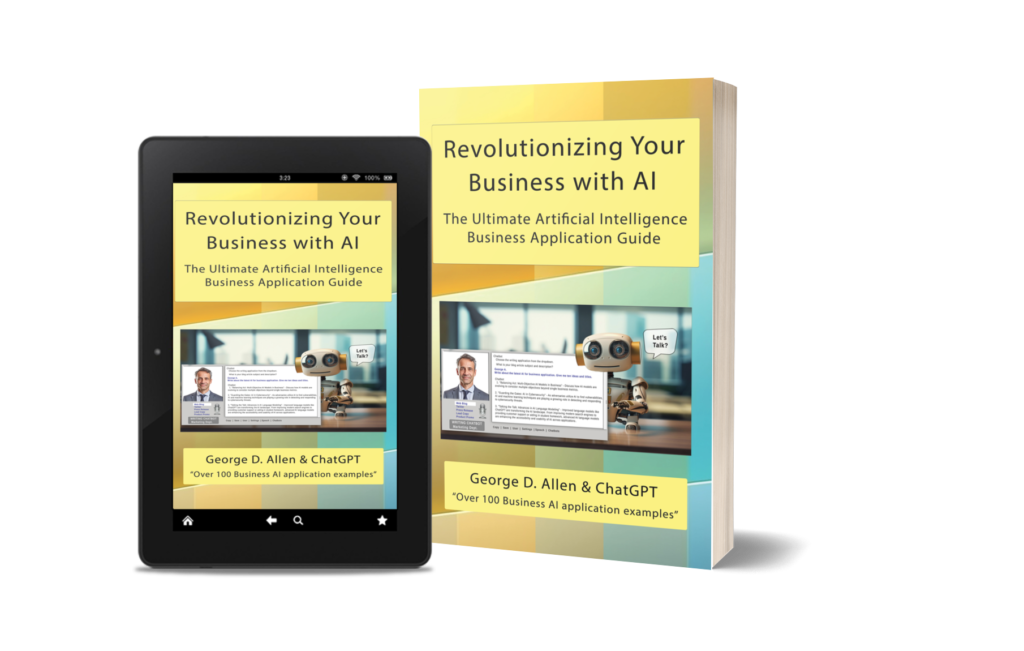– A Comprehensive Guide
ChatGPT, based on OpenAI’s advanced GPT-4 architecture, has become a widely adopted tool in various industries, from customer service to content creation. With its natural language processing capabilities, it is no wonder that many organizations are keen on integrating ChatGPT with other systems to maximize efficiency, streamline processes, and enhance user experiences.
In this blog post, we will delve into the key considerations for integrating ChatGPT with other systems, provide an overview of different integration methods, and explore some common use cases.
Key Considerations for Integration
Identify the objective: Before starting the integration process, clearly define the goals of the project. This will help you choose the right system and ensure the integration aligns with your organization’s needs.
Choose the right system: Assess the compatibility of the system with ChatGPT. Consider factors such as the system’s API capabilities, programming languages, and data storage options to ensure seamless integration.
Data privacy and security: Ensure that the integration adheres to data protection regulations, and apply appropriate security measures to protect sensitive information.
Scalability and performance: Evaluate the performance of the integrated systems to ensure they can handle high volumes of requests and maintain their efficiency even as your organization grows.
Monitoring and maintenance: Establish a process for monitoring and maintaining the integrated systems, identifying any issues or bottlenecks, and addressing them promptly.
Integration Methods
API-based Integration
One of the most common methods for integrating ChatGPT with other systems is through API (Application Programming Interface) calls. This approach allows your systems to communicate directly with ChatGPT, enabling real-time interaction and data exchange.
To integrate using APIs, follow these steps:
- Obtain API keys: Sign up for a ChatGPT API key by visiting the OpenAI website and following their guidelines.
- Make API calls: Use your preferred programming language to make API calls to ChatGPT, passing in the required parameters such as input text and response settings.
- Process responses: Extract relevant information from ChatGPT’s responses and use it in your system. This could involve parsing JSON responses, storing data in a database, or triggering specific actions based on the content.
Middleware Integration
In cases where API-based integration is not feasible, you can use middleware to bridge the gap between ChatGPT and your system. Middleware is a software component that acts as an intermediary, allowing two systems to communicate with each other even if they are not directly compatible.
When using middleware, ensure that it can handle the specific communication protocols, data formats, and programming languages used by both ChatGPT and your system.
Custom Integration
For highly specialized use cases, custom integration may be necessary. This involves developing tailored software components or plugins that facilitate communication between ChatGPT and your system. Custom integration often requires a deep understanding of both systems and their respective APIs, making it a more complex and time-consuming process.
Common Use Cases
Customer Support
Integrating ChatGPT with your customer support system can help reduce response times and improve overall customer satisfaction. By incorporating ChatGPT’s natural language processing capabilities, you can automatically generate responses to customer inquiries, allowing your support team to focus on more complex issues.
Content Management Systems (CMS)
Integrating ChatGPT with your CMS can help automate content generation and editing processes. For example, you can use ChatGPT to generate summaries, metadata, or even full-length articles based on given topics or keywords. Additionally, you can use ChatGPT to proofread and edit existing content, ensuring it meets the desired quality standards.
Social Media Management
By integrating ChatGPT with your social media management platform, you can streamline content creation and scheduling processes. ChatGPT can generate engaging social media posts and responses to user comments, allowing you to maintain an active online presence while saving time and resources.
E-commerce Platforms
E-commerce platforms can benefit from ChatGPT integration by automating product description generation and providing personalized product recommendations based on customer preferences. This can help improve conversion rates and enhance the overall shopping experience.
Learning Management Systems (LMS)
Incorporating ChatGPT into your LMS can help create personalized learning experiences for students. ChatGPT can generate study materials, quizzes, and even provide real-time feedback on assignments, enabling a more engaging and interactive learning environment.
Conclusion
Integrating ChatGPT with other systems offers numerous benefits, including increased efficiency, improved user experiences, and reduced operational costs. By carefully considering the key factors mentioned above and choosing the right integration method, you can successfully incorporate ChatGPT into your organization’s workflows and processes. With the wide range of use cases available, there is no doubt that ChatGPT integration can revolutionize the way you interact with your customers, manage content, and much more.
Need help incorporating ChatGPT into your business?
Contact us at Abiteq AI – Business AI Solutions.

